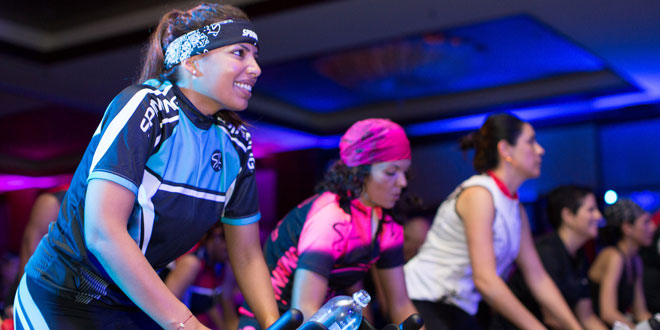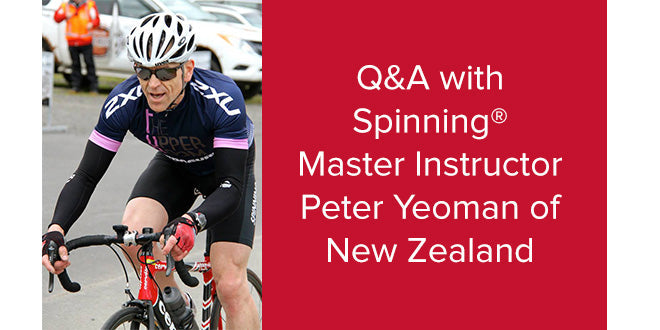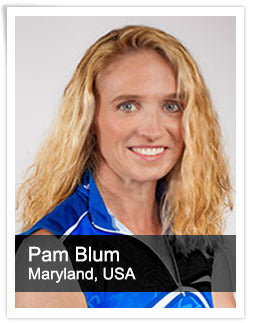With a growing number of health clubs and independent studios in the United States, fitness instructors face increased competition to attracting and retaining the over 20 million participants engaged in group exercise classes. In response, many fitness professionals have capitalized on the concept of “experiential exercise,” which, according to an article published in IDEA Fitness Journal, elevates a basic fitness class to a multi-sensory, social experience that clients look forward to before each session.The benefits of experiential exercise may include improved client satisfaction and retention, greater instructor retention, and an influx of new business.One of the more popular examples of experiential exercise is Zumba®, whose slogan is, “ditch the workout, join the party.” Flashing lights, disco balls, thumping music and enthused instructors contribute to an emotional intensity that transcends a simple workout.Zumba CEO Alberto Perlman says, “It’s all about the social gym experience and shifting the mindset that going to the gym is work. Instead, we want to make it an experience that everyone will love and look forward to.”However, experiential exercise involves more than simply turning on a great playlist and dimming the lights; it’s about creating the kind of atmosphere that facilitates increased sensory engagement, enhanced participation, and improved group cohesion.With its emphasis on simulating actual outdoor riding experiences, the Spinning® program has the precepts of experiential exercise built into every class.To take the concept of experiential exercise to the next level, consider evaluating some of the following variables within your classes to maximize their effectiveness. And before you bring in the strobe lights, remember that not every experience—even a multi-sensory one—is going to be one that people want to repeat; it all comes down to your goals and the needs of your riders.
Just Flow with It
According to the Spinning® Mental Training Manual, researchers have found that aerobic exercise like indoor cycling triggers a relaxation response because it involves rhythmic, smooth, and repetitive exercises, which actually improve your ability to achieve a focused, passive frame of mind. Spinning naturally provides an exceptional foundation for riders to lose themselves in the activity and find this experience of “flow”.Takeaway: Sometimes less is more. Create an environment in which riders can achieve a spontaneous, effortless performance while remaining calm and alert.
Increased Social Engagement
Social engagement comes down to one critical factor: group cohesion. Group cohesion occurs when people are linked to one another as a group through a common task and perceived unity. A study published in December 2013 in the journal Health Psychology found that within exercise class settings, group cohesion has consistently been found to predict adherence to cues and coaching.Takeaway: There are several ways to facilitate community and develop group cohesion, such as hosting charity rides, encouraging a sense of partnership among riders, and inviting riders to share their knowledge with one another.
Community-Driven Playlists
The type of playlist you select for your class either enhances or detracts from the ride, and many riders will differ in their preferred playlist. Moreover, research has shown mixed results about the effects of music on athletic performance. A 1995 study published in the International Journal of Psychophysiology found that it improved performance for untrained subjects, but not for trained individuals. However, a 2004 study published in the International Journal of Applied Sports Sciences presented a more complex picture. It found that feelings of revitalization and positive engagement and perceived effort decreased when slow music was played. However, when synchronized with movement-rhythm, fast-tempo music showed potential to enhance training.Takeaway: To increase engagement, invite riders to participate in selecting music for a ride playlist.
Purposeful Lighting
Unlike other group exercise classes that involve moving around the room, Spinning classes keep participants in a fixed location, so bright light is not required for safety. Nevertheless, it may improve the alertness and focus of riders. For overall ambient lighting, opt for bright, natural light from windows or an open “garage” doors. If those options are unavailable, choose an artificial yellow-orange light to create an energetic atmosphere. Not surprisingly, fluorescent lighting creates a sterile environment and should be avoided. More creative lighting options that create a nightclub type atmosphere can be coordinated with playlists and increase the intensity of the ride, but the technique should be employed purposefully and judiciously—not all riders will find this experience conducive to their training goals.Takeaway: Define your ambition for each class and use the best lighting to accomplish these goals.
Losing Yourself is the Moment
Help riders lose themselves in the ride with video projected onto a large screen taking them on a guided tour through the Sonoran desert or Napa Valley. Although it may seem counterintuitive, the video may actually help riders be better in tune with the instructor while concurrently losing themselves in the experience. However, it does require additional preparation to choreograph the ride.Takeaway: Build anticipation for future rides by listing “locations” on class schedules. Learn how to construct epic theme rides by attending a Spinning workshop or by attending the 2015 World Spinning and Sports Conditioning Conference. Find a scenic course option in one of the Spinning workout DVDs.
References:
International Health, Racquet & Sportsclub Association: Consumer Report; http://www.ihrsa.org/consumer-research/Senger M. “Experiential Exercise: The New Way to Sweat.” IDEA Fitness Journal. January 2014. http://www.ideafit.com/fitness-library/experiential-exercise-the-new-way-to-sweatClub Solutions: Zumba CEO Moves Your Members, April 29, 2011. http://clubsolutionsmagazine.com/2011/04/zumba-ceo-moves-your-members/Dunlop WL, Falk CF, Beauchamp MR. “How dynamic are exercise group dynamics? Examining changes in cohesion within class-based exercise programs.” Health Psychology. December 2013. http://www.ncbi.nlm.nih.gov/pubmed/23106111Brownley K, McMurray R, Hackney A. “Effects of music on physiological and affective responses to graded treadmill exercise in trained and untrained runners.” International Journal of Psychophysiology. April 1995. http://www.sciencedirect.com/science/article/pii/016787609500007FSzabo A, Hoban L. “Psychological Effects of Fast- and Slow-Tempo Music Played during Volleyball Training in a National League Team.” International Journal of Applied Sports Sciences. 2004.Mad Dogg Athletics, Inc. Spinning Mental Training Manual. 2008. Venice, CA.





Leave a comment
This site is protected by hCaptcha and the hCaptcha Privacy Policy and Terms of Service apply.